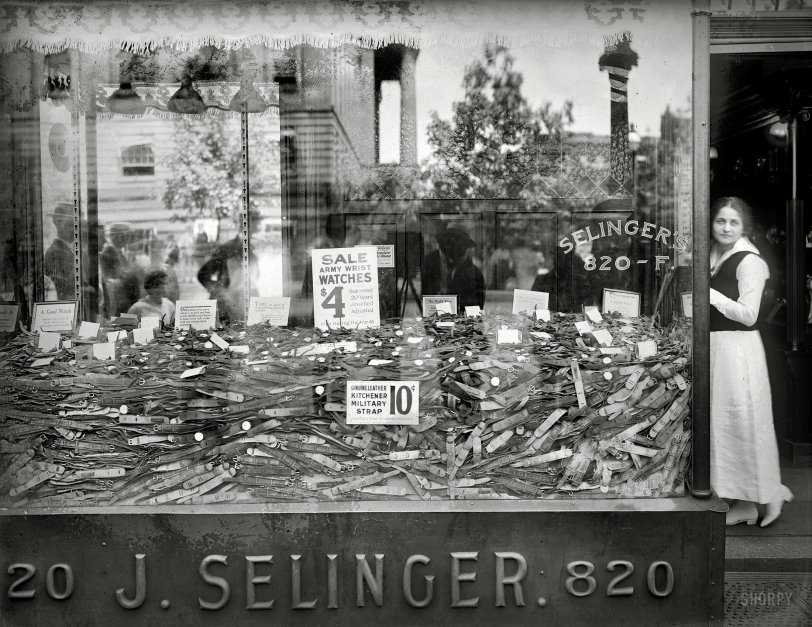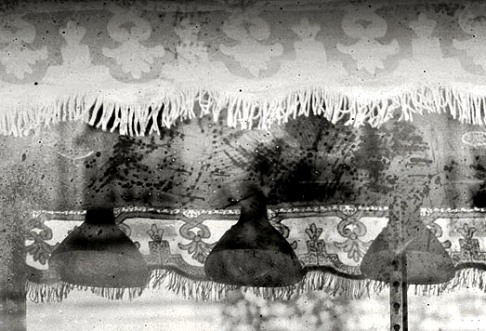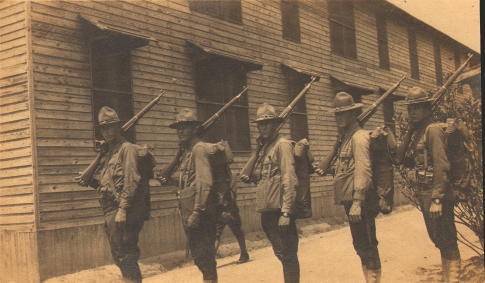


Framed or unframed, desk size to sofa size, printed by us in Arizona and Alabama since 2007. Explore now.
Shorpy is funded by you. Patreon contributors get an ad-free experience.
Learn more.

- Freeze Frame
- Texas Flyer wanted
- Just a Year Too Soon
- WWII -- Replacing men with women at the railroad crossing.
- Yes, Icing
- You kids drive me nuts!
- NOT An Easy Job
- I wonder
- Just add window boxes
- Icing Platform?
- Indiana Harbor Belt abides
- Freezing haze
- Corrections (for those who care)
- C&NW at Nelson
- Fallen Flags
- A dangerous job made worse
- Water Stop
- Passenger trains have right of way over freights?
- Coal
- Never ceases to amaze me.
- Still chuggin' (in model form)
- Great shot
- Westerly Breeze
- For the men, a trapeze
- Tickled
- Sense of loneliness ...
- 2 cents
- Charm City
- What an Outrage
- Brighton Park
Print Emporium
A Face in the Crowd: 1920

Washington, D.C., circa 1920. "Selinger window, 820 F Street N.W., sale of Army wrist watches." Wristwatches, which saw widespread use during the First World War as "trench watches," were entering the mainstream as the era of the pocket watch began to wind down. National Photo glass negative. View full size.
Hurry!
Time Left: 90y 3d 12h; reserve price NOT met; Buy It Now or Bid. Seller Location: Washington, D.C. Current Bid: $1,252.00.
You'll wind up with this one.
No one uses these anymore. You can't get batteries for them.
Fancy Window Valance
As in many of the shopfront windows seen on Shorpy, Selinger's window is dressed up with an ornate machine-embroidered cotton valance of appliqued scrollwork with cam-embroidered details and applied fringe. What's special about this photo is that one can see the embroidery details clearly in the valance's back-lit reflection in the mirror on the back wall of the display window. Mass-produced cam-embroidered fabric trims and laces were used for furnishing trims like this valance and even more for women's dresses and shirtwaists. Although these trims were machine-made, most of their finishing and assembly was accomplished by hand by piece-workers in sweatshops and tenements, as recorded by Lewis Hine and other photographers also seen on Shorpy.

Still in Fashion
Seeing the trend today is very large watches, these watches would not look out of place now. The movements used were originally made for small ladies fob watches with cases 38-40mm diameter.
Also a lot of these trench watches had radium dials. Be interesting to walk past that window with a Geiger counter.
Rugged Little Timepieces
Display Ad, Washington Post, May 1920Taking into consideration that there were more than one thousand dealers after this lot of watches, much credit is due to Mr. S.M. Selinger, of this firm, for his untiring efforts in securing them, which number many thousands and give to us the exclusive sale for Washington. During the war these rugged little timepieces could not be made fast enough to supply men going into service at $25.00 each. Mail orders will be filled if accompanied by remittance for any number until our stock is exhausted. Do not forget that these Watches are Solid Silver through and through. All have luminous faces that can be seen at night. They are also fitted with nonbreakable glasses.
"A face in the crowd"
Oho. Nice wordplay.
I'll take the one at the bottom
No not that one, the one under the other side of the pile.
Block Preserved
Spy Museum
Apparently, Selinger was located in the Warder Building on the corner of 9th Street. The reflection of the columns and wall of the 9th Street side of the Patent Office Building can be seen in the window. The Warder Building is now occupied by the Spy Museum. The Old Patent Office Building is now occupied by the Smithsonian American Art Museum and the National Portrait Gallery.
Cheese!
Check out Missus Glam-o-rama.
" 'Watch' me!"
Ick!
This looks more like a compost heap than a window display. If these were used watches and bands, I bet it smelled like one too.
Bring it back
The old pocket watch that is. My granddad carried one into the 60's at least. When I lived with my grands for a year I always liked to see him lift it out of his vest and open it up.
Self-portrait
I'm sure there are others here on Shorpy, but finally, a reflection of the photographer and his camera (and onlookers).
"Watch" the Birdie!
Looks like about an 8x10 view camera, reflected in the window, just to our right of the $4 sign. Maybe that's the photographer in the straw boater. The rest of the crowd seems much more interested in the picture-taking action than in the pile of watches. I'd like to have a shoebox full today.
Here is my Grandfather in 1918, second from right, at a training camp in New Jersey. All his buddies have their new-fangled wristwatches showing-- maybe his is hiding up his sleeve. It's possible he was carrying his own pocket watch, which we still have, and which is ultimately responsible for the first part of my screen name.


























On Shorpy:
Today’s Top 5